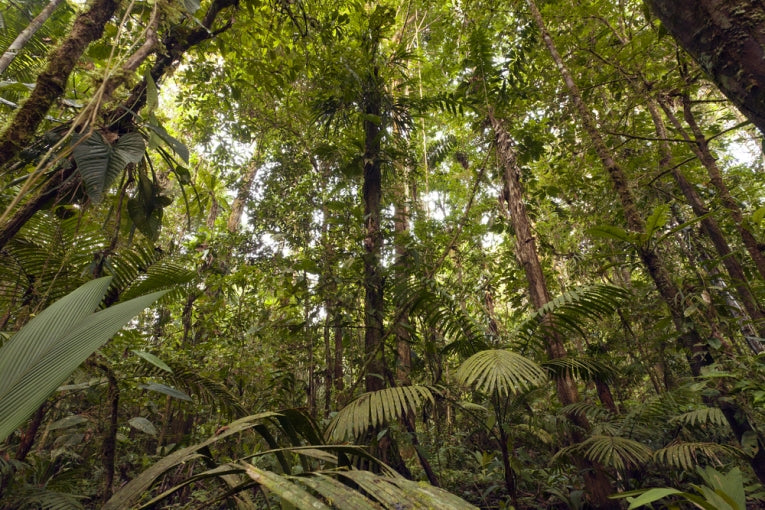Destroying tropical forests can significantly alter rainfall and could result in 20% less rain across the Amazon basin by 2050, according to a new study.
In the case of most of the tropical forest, passing air generates at least double the rain than that of areas with minimal vegetation, say researchers from the University of Leeds and the NERC Centre for Ecology & Hydrology.
The forests could also increase the amount of rain thousands of kilometres away, the team discovered.
The results could have a severe impact on those living in and around the Amazon and Congo forests, suggests the study published in the journal Nature.
The team took into account observational data and deforestation estimates to calculate that deforestation could lead to a reduction in rain in the dry season across the Amazon basin by up to 21% by 2050.
Lead author Dr Dominick Spracklen from Leeds University's School of Earth and Environment says, "We were surprised to find that this effect occurs strongly across more than half of the tropics. We found that the Amazon and Congo forests maintain rainfall over the periphery of the forest basins - regions where large numbers of people live and rely on rainfall for their livelihoods.
"Our study implies that deforestation of the Amazon and Congo forests could have catastrophic consequences for the people living thousands of kilometres away in surrounding countries."
The debate about the effect vegetation has on rainfall has been going on for hundreds of years. It is known that plants return moisture to the air through their leaves by evapotranspiration, but the effect that large forests have on rainfall has not been established previously.
The researchers used NASA satellite observations of rainfall and vegetation that have only just been made available and a model that predicts atmospheric wind flow patterns.
Dr Spracklen says, "We looked at what had been happening to the air over previous days - where it came from and how much forest it had travelled over."
They examined the route air masses took over various parts of the forest to calculate the total amount of leaf cover the air moved over during the previous 10 days, not just the amount of vegetation it passed over during rainfall. This suggested the more vegetation the air passed the more moisture it carried and more rain was created.
Co-author Dr Stephen Arnold, of the University of Leeds, explains, "The observations show that to understand how forests impact rainfall, we need to account for how air has interacted with vegetation during its journey through the atmosphere often over thousands of kilometres. This has significant implications for how policy makers should consider the environmental impacts of deforestation, since its effects on rainfall patterns may be felt not only locally, but on a continental scale."
The results show that initiatives to protect tropical forests are vital, says Dr Spracklen. "Brazil has recently made progress in slowing the historically high rates of deforestation across the Amazon and our study emphasises that this progress must be maintained if impacts on rainfall are to be avoided.
"The Amazon forest maintains rainfall over important agricultural regions of Southern Brazil, while preserving the forests of the Congo Basin increases rainfall in regions of Southern Africa where rain-fed agriculture is important. Increased drought in these regions would have severe implications for their mostly subsistence farmers."
href="https://earthtimes.org/environment/rainforest/index.html">Rainforest









